You might feel that your life has changed after arthritis, but the advent of robotic knee replacement surgery and new treatment methods are working wonders to improve the lives of those suffering from osteoarthritis. A knee replacement surgery adheres to traditional methods, but the assistance of a robotic arm helps in reducing recovery time. Read on for greater insight.
If you suffer from severe knee pain and feel that your life, independence, and confidence have suffered a significant setback as no other therapy is helping to reduce pain, it is time to go for robotic knee replacement surgery. Your knee follows simple body mechanics and is an exceedingly hardworking joint. When you walk, you use the knee, couch, stand, and sit. Your knee works with a system of bone, ligaments, muscles, cartilage, and nerves. All it takes to upset the balance is an injury at any stage of your life or arthritis or other causes that damage the area. In such a condition, when your knee fails to perform, a knee replacement surgery is the only way to enjoy a better life.
How successful is knee replacement surgery?
Expert surgeons in India claim that knee replacement can have a 95% success rate. Patients experience pain relief after surgery, which remains for the next 15-20 years. Patients, too, must follow post-operative care suggested by the physicians. A combination of the correct lifestyle with the proper operative procedure will increase the lifetime of the implant to even 30 years.
However, with the advantage of Robotic Knee Surgery, the success rate is almost 100%. The recovery rate is also higher, and the effects of the surgery last longer than traditional surgery. Nonetheless, before undergoing robotic surgery, doctors advise many lifestyle modifications. The original mechanics of the knee are, without a doubt, irreplaceable. Therefore, losing weight through exercising, physical therapy, intra-articular shots, and knee braces are recommended. Suppose none of these impact the patient’s knee; robotic knee surgery or a knee replacement surgery is the only way out. The surgery is not just confined to those in the higher age group. Still, those below 60 suffering from knee injuries or other knee irregularities can seek surgery as a better option to alleviate their pain.
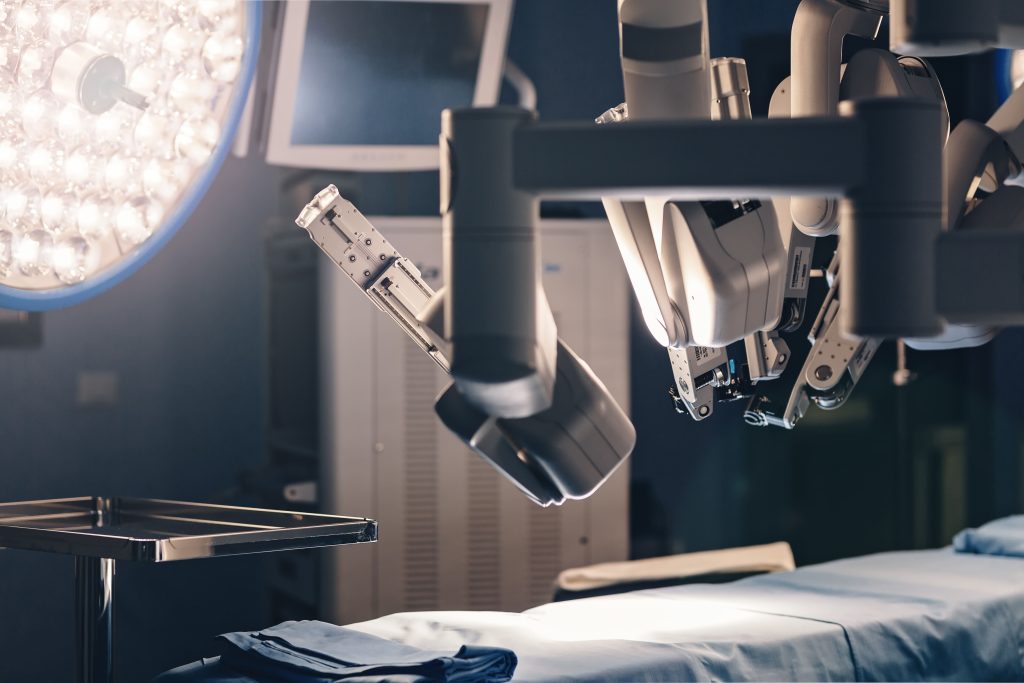


How is a Robotic Knee Surgery done?
The operative procedure, using robotic technology, is connected to hardware calibrated with a handpiece. Surgeons perform surgery through minimally invasive means. This mode of surgery limits blood loss to a minimum. The active robotic sensors map the replacement location and proceed with autonomous resection with utmost precision. The machine alerts the surgeon of movement and guides them to replace the prosthetics at the exact location. The procedure leaves nothing to chance, and the degree of accuracy is 100%.
What post-operative care must you follow?
After the operation, patients are encouraged to move their foot and ankle, increasing the blood flow in the area and the muscles, preventing swelling or blood clots. The patient will be directed to perform breathing exercises, and a physical therapist will instruct the patient to include some activities in their lifestyle. If followed by patients, the care instructions will help them recover faster and reap the benefits of a healthy operated knee.
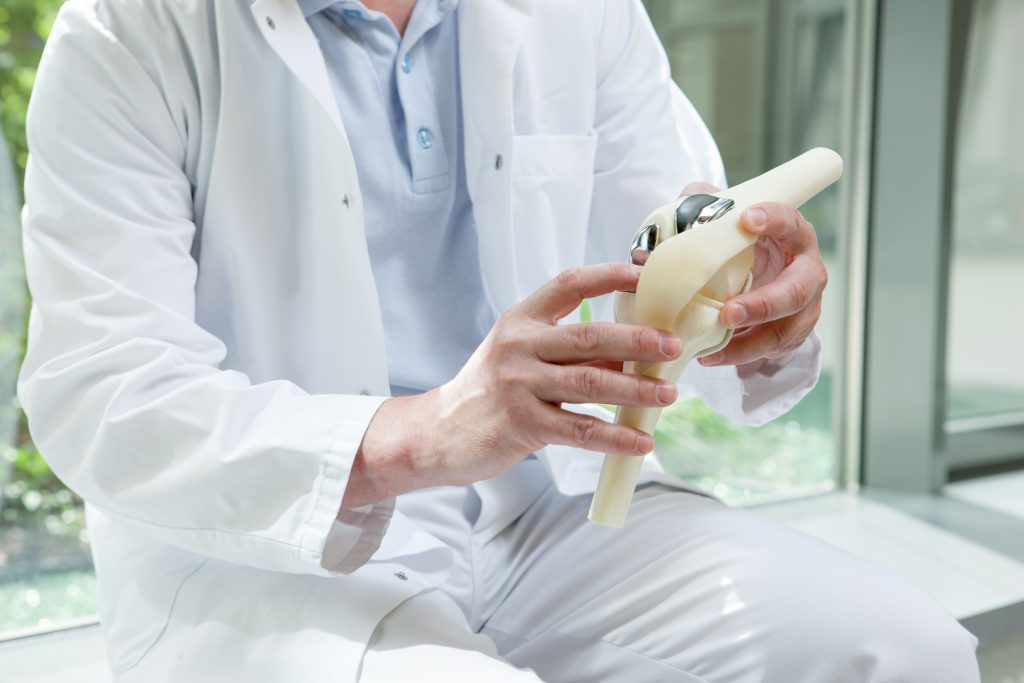


What are the benefits of robotic Knee Replacement Surgery?
Before undergoing robotic knee replacement surgery, one must understand that the surgeons introduce prosthetics in the knee area. Each human knee is shaped differently; the surgeon removes the cartilage and installs prosthetics of the right size in place. The shape is mapped in a 3D image, and the size is maintained to the nearest millimeter. The replacement procedure ensures greater accuracy, less post-operative pain, and better longevity with the exact specifications and size.
Faster Recovery
The recovery rate is faster than any other surgical procedure. Pain is reduced to a minimum of 2 weeks post-surgery. The chances of infections are minimized with recovery time reduced to half of the traditional surgery, allowing patients to return to their everyday lives faster.
Remember that your orthopaedic surgeon controls the surgery throughout the operation procedure, and robots are just additional assistant tools. The surgery procedure is enhanced with the collaboration of robots delivering many successful outcomes. After recovering, you can engage in various tasks, from generally walking to swimming and biking; sports like golf is advocated. However, high-impact activities that include running or jogging, running sports should be limited, and you must always stay in touch with your doctor.

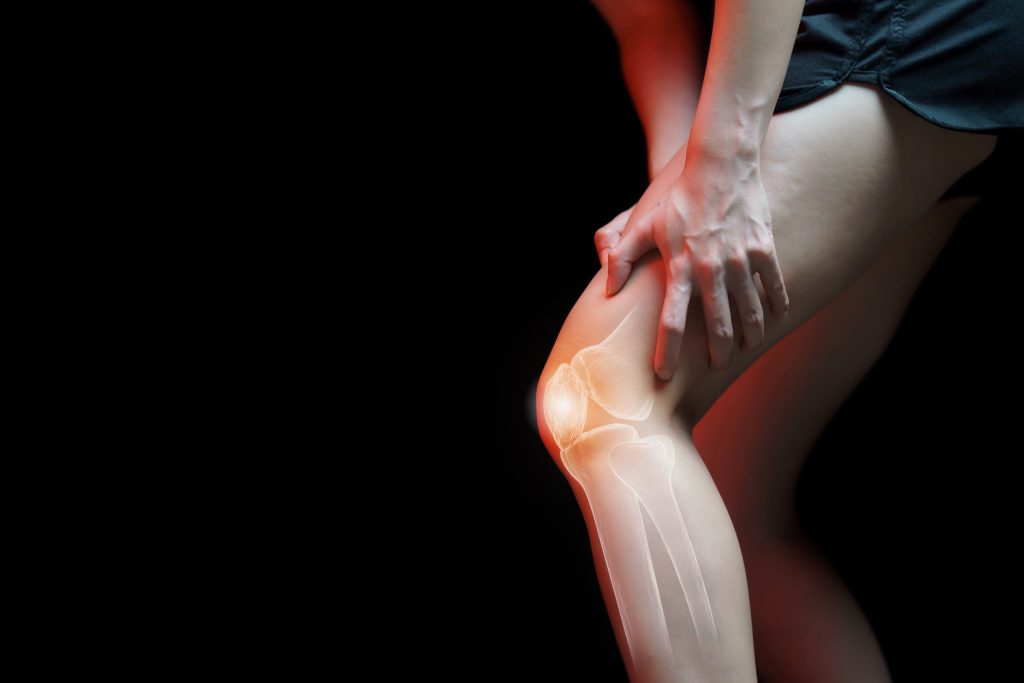
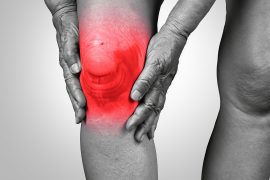
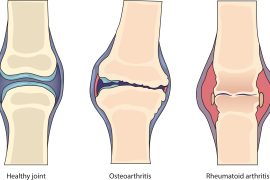
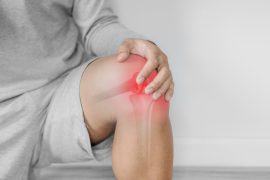
Comments are closed.